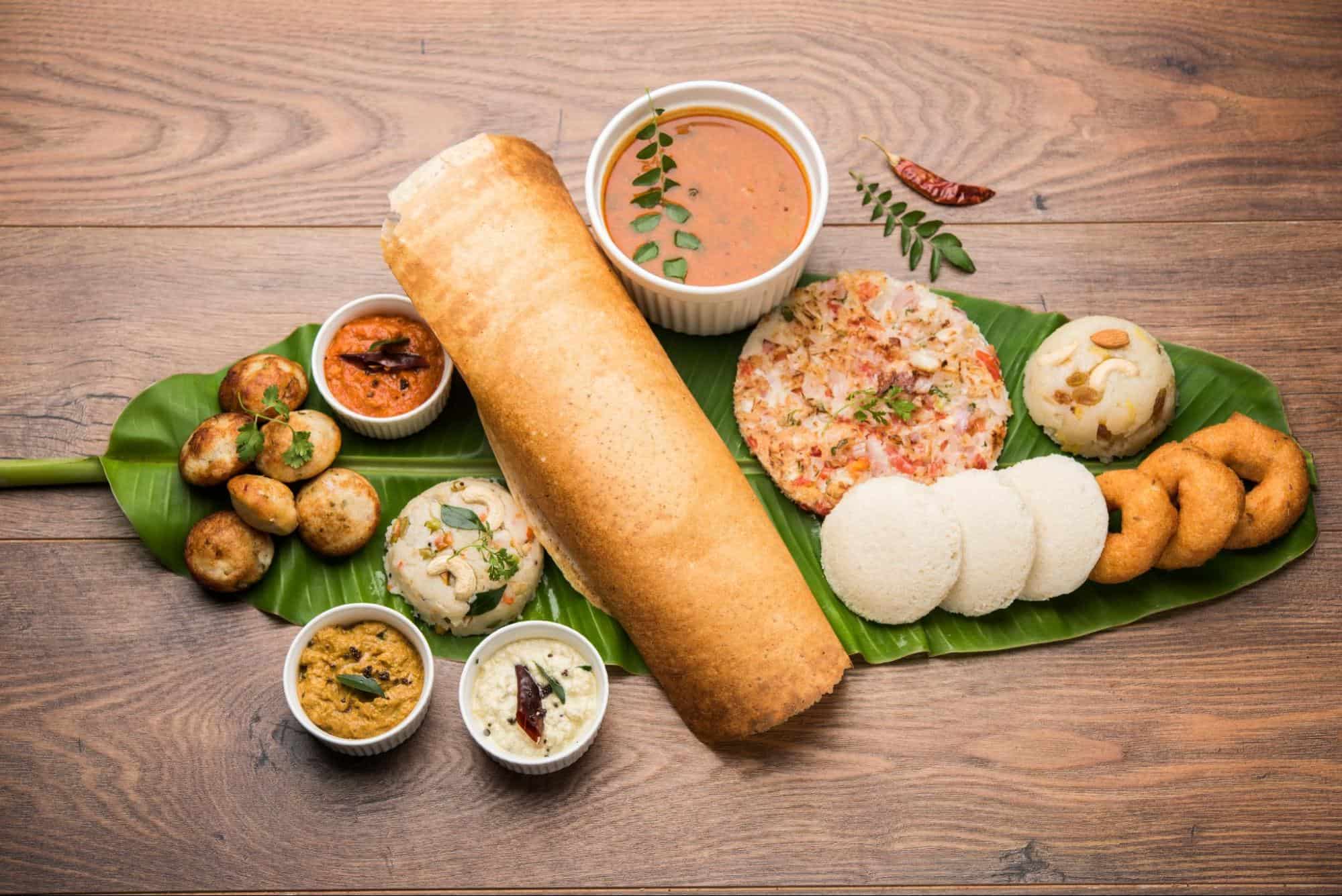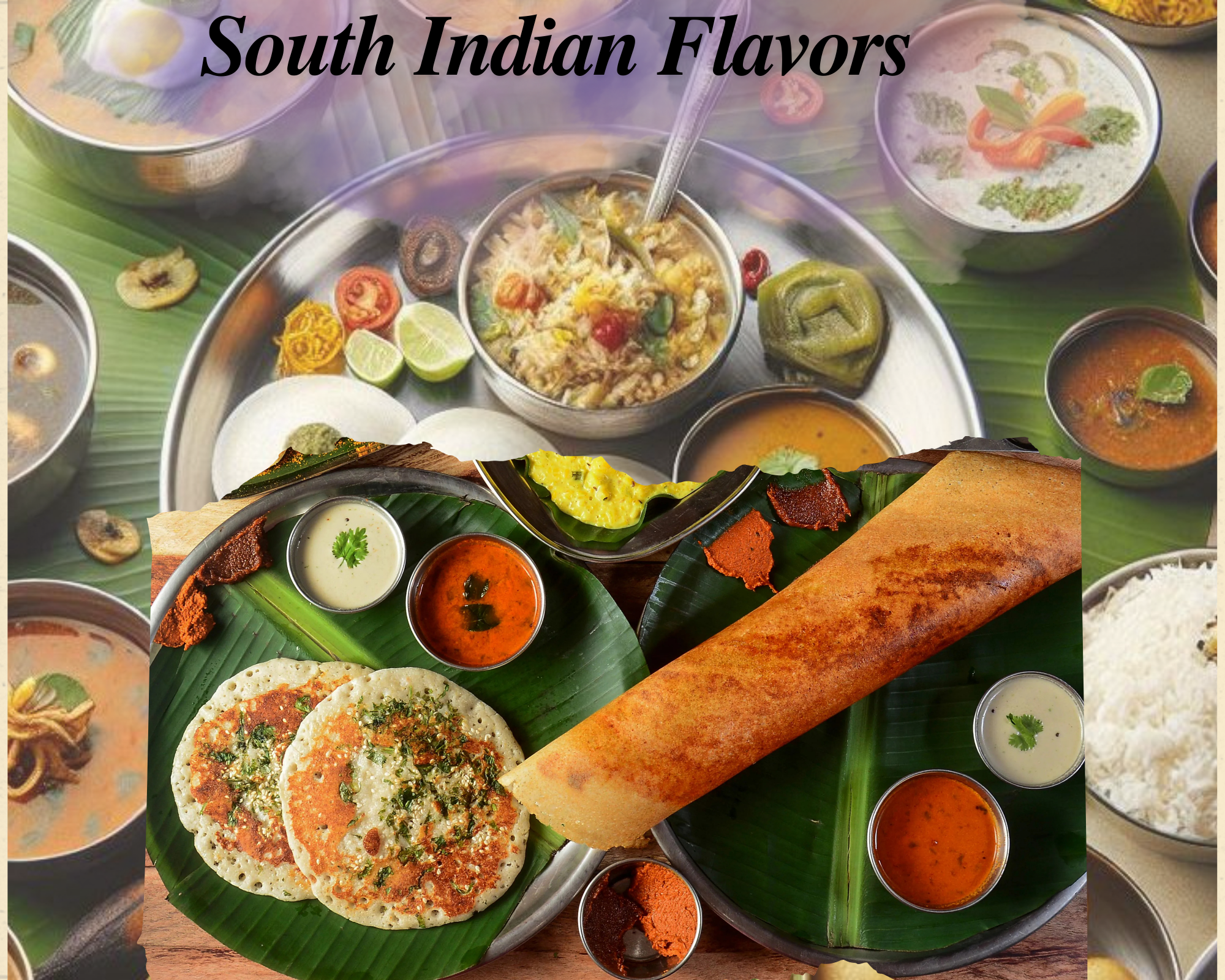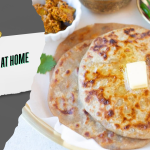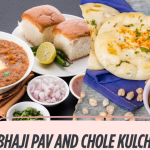South Indian Flavors cuisine is a delightful journey via flavors, scents, and textures. It has carved a special place in the hearts (and stomachs) of food lovers all around the world, thanks to its bold use of tastes, vibrant colors, and the right balance of sour, hot, and sweet overtones. Inquiring as to what makes it so overpowering. Let us share the privileged insights into South Indian tastes!
The Coconut Association: The Unsung Saint of South Indian Cuisine.
When you think about South Indian cuisine, coconut immediately springs to mind. Coconut, whether crushed or made into rich drain, is a fundamental ingredient. It includes lavishness to curries, profundity to chutneys, and a one of a kind smell to pastries. Ever attempted a coconut-based Kerala stew? It’s like a warm embrace for your taste buds!
Curry Takes off: The Fragrant Game-Changer
If South Indian Flavors nourishment had a signature fragrance, it would scent like curry clears out. These humble green takes off are sautéed in hot oil to discharge their natural, citrusy smell and are utilized as a base for numerous dishes. From sambhar to rasam, curry clears out aren’t fair for garnish—they’re flavor-packed powerhouses.
Flavor Orchestra: The Craftsmanship of Culminate Blends
Spices are the soul of South Indian food. It’s not approximately warm alone; it’s approximately agreement. Each spice—be it cumin, mustard seeds, fenugreek, or asafoetida—plays a particular part. Masalas (zest mixes) are carefully curated, with a few families guarding their formulas like heirlooms.
Tamarind Tango: A Tart Twist
Tamarind, with its tart and somewhat sweet profile, is a key player. It’s utilized in everything from tamarind rice (Puliyodarai) to tart rasam soups. This natural product includes a lively punch, adjusting the abundance of coconut or the warm of chilies.
Lentils and Vegetables: The Protein Powerhouses
Lentils and vegetables are at the heart of South Indian Flavors cooking. Dishes like sambhar, dal, and dosa player depend intensely on lentils. Not as it were are they nutritious, but they too make a comforting, generous texture.

Matured Enchantment: The Science Behind Idli and Dosa
Fermentation isn’t fair a cooking method in South India—it’s an craftsmanship shape. Rice and lentil hitter are matured to make light, cushy idlis and firm dosas. This handle improves flavors, progresses digestibility, and gives dishes their signature tang.
Banana Clears out: Nature’s Eco-Friendly Plate
Ever eaten a dinner served on a banana leaf? It’s not fair a convention; it’s commonsense and economical. Banana clears out give a unpretentious smell to hot nourishment, making each nibble feel uncommon. Additionally, they’re Mother Nature’s unique biodegradable plates—no washing up required!
Chutneys Aplenty: A Burst of Flavors
No South Indian dinner is total without chutneys. Coconut, mint, tomato, or peanut—there’s a chutney for each sense of taste. These dynamic condiments include an additional layer of flavor, taking indeed the least complex suppers to unused heights.
Sweet Endings: Pastries That Liquefy in Your Mouth
From payasam (a rich rice pudding) to Mysore pak (a buttery chickpea fudge), South Indian Flavors pastries are liberal however comforting. Frequently flavored with cardamom, saffron, or jaggery, these desserts are culminate for celebrations or a straightforward conclusion to a meal.
Channel Coffee: The Refreshment of Choice
No discourse approximately South Indian flavors is total without specifying channel coffee. Made with naturally ground coffee beans and served with foamy drain, it’s the pick-me-up each South Indian swears by. Combine it with a fresh vada for the extreme nibble combo.
Read More: The Enchantment of Udaipur: Lakes, Royal residences, and Immortal Traditions
Conclusion
South Indian Flavors food is more than fair nourishment; it’s a celebration of culture, convention, and resourcefulness. From the rich lavishness of coconut to the tart punch of tamarind, each fixing tells a story. Whether you’re savoring a dosa at a roadside slow down or reveling in a banana leaf devour, you’re not fair eating—you’re encountering the heart and soul of South India.







